Flowering dogwood (
Cornus florida) grows native in much of the United States, from Texas to Florida north to Maine. Known for its springtime beauty when in full bloom, it’s a great wildlife plant and a great design plant because of its slender, elegant branches and textured bark.
Autumn is an excellent time to plant trees and woody shrubs so they can easily establish roots and be ready for the springtime growth spurt. Plant a dogwood in fall as a specimen tree in part sun or as a native woodland understory tree in light shade. It will delight you every spring with its delicate white, fragrant flowers.
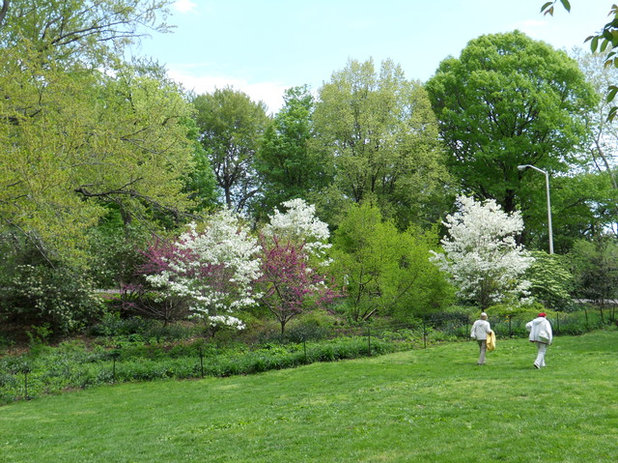
Paintbox Garden
Botanical name: Cornus floridaCommon names: Flowering dogwood, eastern dogwood
Origin: Native to the Eastern, Central and Southern U.S., from Texas to Florida to Maine
Where it will grow: Hardy to minus 20 degrees Fahrenheit, or minus 29 degrees Celsius (USDA zones 5 to 9; find your zone)
Soil requirement: Adaptable to any well-draining, moist soil; prefers rich, organic soils
Light requirement: Part
sun to part shade
Water requirement: Regular
Mature size: 15 to 30 feet tall and wide
Shown: A naturalistic planting of flowering dogwood blooms in springtime next to eastern redbud (
Cercis canadensis).
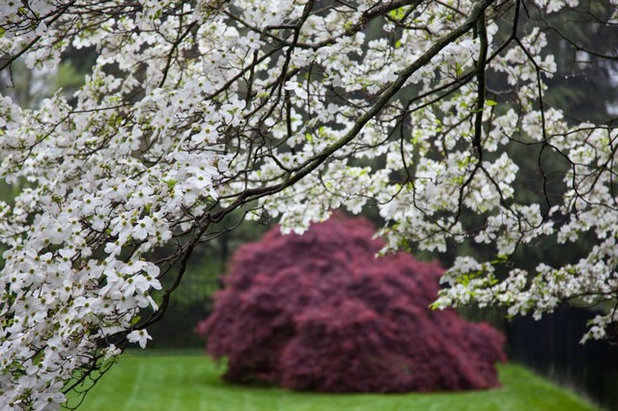
Matthew Cunningham Landscape Design LLC
Benefits and tolerances: Autumn fruits provide food for wildlife; beneficial as a midstory habitat tree for birds; tolerates being planted near black walnut.
Seasonal interest: White, fragrant blooms in spring; red leaves and fruit in fall.
When to plant: Autumn is preferable to help establish roots during winter.
Shown: A view through flowers and branches shows the contrast of dark bark with bright white flowers.
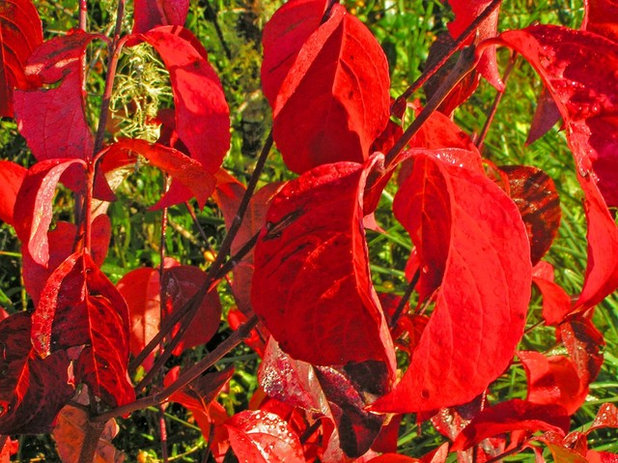 Photo by Jack Holloway
Photo by Jack Holloway
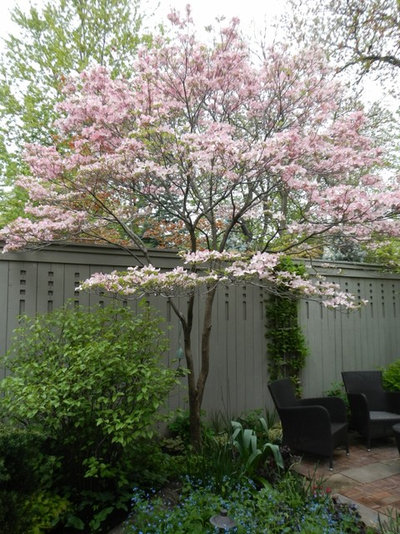
Paula Deresti Landscape Design
Distinguishing traits. Flowering dogwood’s overall form and branching habit make it a great ornamental plant year-round. It’s a wide, short tree that’s often multistemmed with low branches.
As it ages, the bark develops a grooved texture that’s pretty all winter. The spring flowers open before leaves appear, which is one easy way to distinguish
Cornus florida from the related kousa dogwood (
Cornus kousa), which blooms later in the spring after the tree has a full set of leaves.
Shown: A pink-flowering cultivar planted in a courtyard.
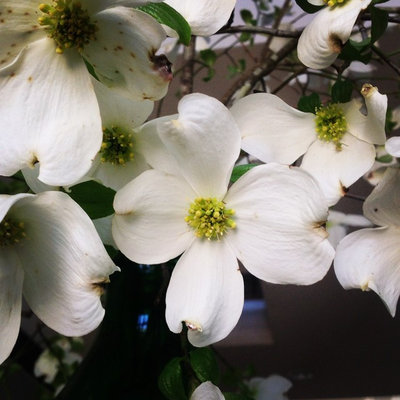
The Carter Rohrer Co.
The true flowers are in the yellow center, surrounded by four white bracts 3 to 4 inches across.
How to use it: Flowering dogwood works well as an understory tree in a woodland or native garden. It can also be used as a small focal tree for bird and wildlife gardens or as a midstory ornamental tree, placed where you can fully benefit from its spring blooms and autumn color. Think about where you can plant flowering dogwood so that it’s visible from inside your home as well.
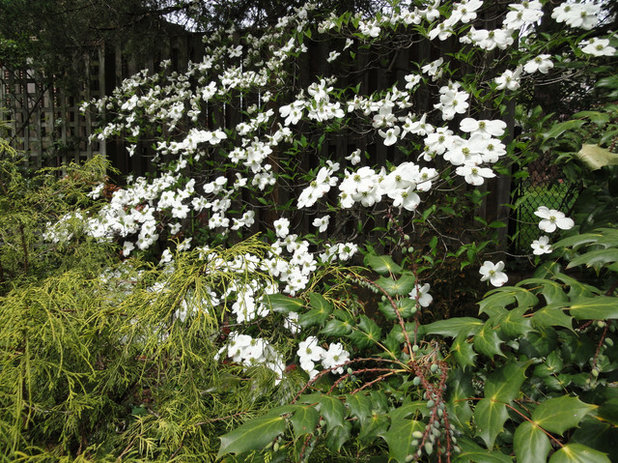
Cathy Carr, APLD
Planting notes: First, check that your area does not have widespread dogwood anthracnose, a disease caused by a fungus that creates dieback of the lower branches and spotting on the flowers. If the fungus has a foothold in your area, consider planting other small native flowering trees, or seek out a resistant cultivar.
Flowering dogwood does not handle stress well. Drought, compacted soil and high winds will contribute to this lovely tree’s demise. Ensure it thrives in your garden for the long term by planting it in a protected location with good, rich soil that won’t dry out.
Shown: Low branches of flowering dogwood mingle with Oregon grape (
Mahonia aquifolium) and ‘Golden Mop’ sawara-cypress
(Chamaecyparis pisifera ‘Golden Mop’).
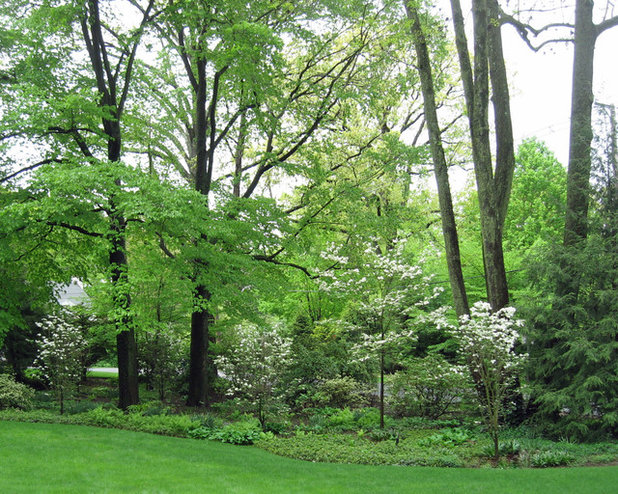
Susan Cohan, APLD
Many flowering dogwood cultivars are available at local nurseries:
- ‘First Lady’ produces yellow and green variegated leaves.
- ‘Rubra’ is the most reliable light-pink-flowering cultivar.
- ‘Red Pygmy’ (‘Rutnut’) is a dark-pink-flowering variety that grows to only 6 feet tall.
Anthracnose is most severe in the Northeast and Appalachian regions. However, the University of Tennessee has developed anthracnose-resistant cultivars: ‘Appalachian Blush’ and ‘Appalachian Spring’.





